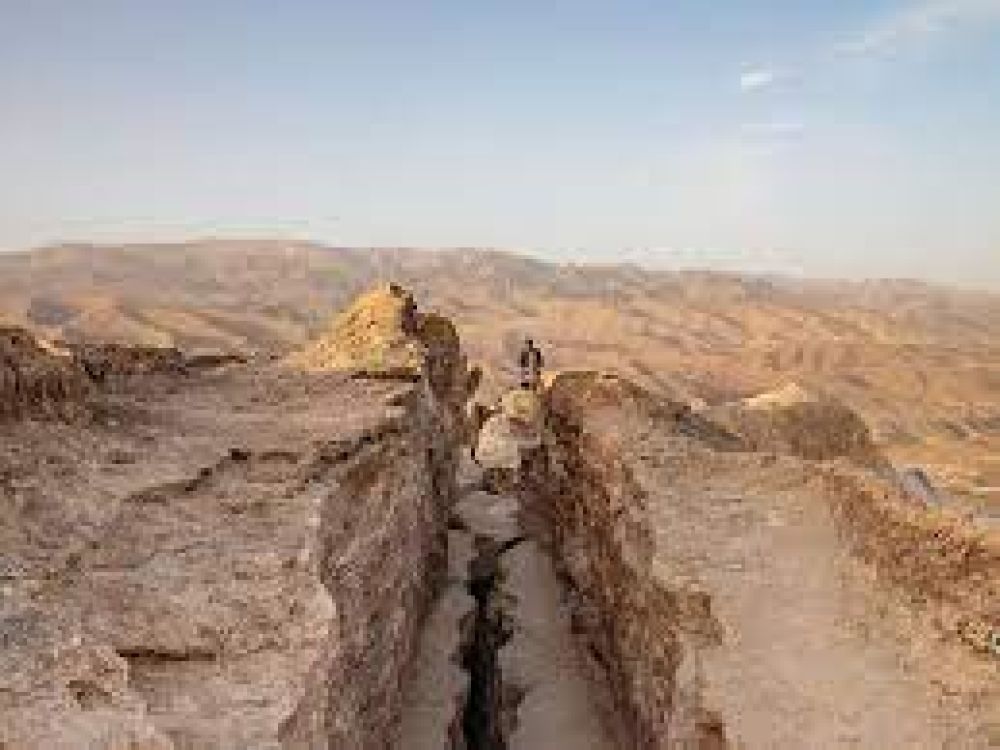Before planning a trip to Darae Ajdahar, tourists should consider the security risks, the need for a knowledgeable and trustworthy guide, the state of local infrastructure, and the cultural sensitivities of traveling in Afghanistan. It's crucial to have up-to-date information from reliable sources such as your country's foreign affairs department or a specialized tour operator experienced with the region.

